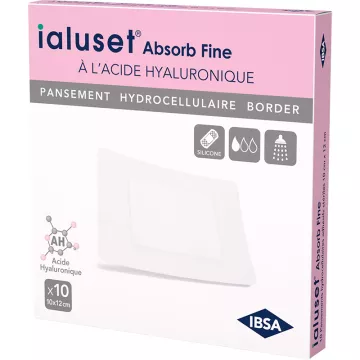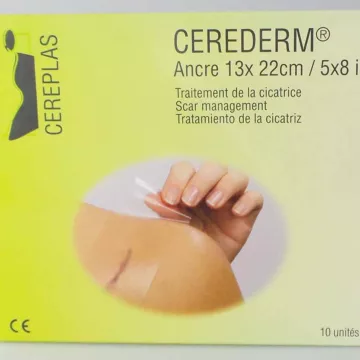Welcome to the category of technical dressings, where simple protection gives way to medical innovation. Here, it's no longer a question of hiding a wound with a square of absorbent cotton, but of promoting rapid healing, protecting fragile tissue and preventing infection. Both online and in pharmacies, these devices have become essential allies in the management of chronic, post-operative or complex wounds.
More details


Technical dressings have revolutionized the way we care for wounds: hydrocolloids, hydrocellulars, alginates, activated charcoal or silver dressings... each has a clearly defined role to play in accelerating tissue repair and providing optimum comfort for the patient. Whether you're a healthcare professional or an individual concerned with perfect wound healing, you've come to the right place.
For a long time, dressings were simply a compress and an adhesive. But with scientific advances and understanding of wound-healing mechanisms, true technological gems have emerged. The objective is clear: maintain a moist environment conducive to cell regeneration, absorb exudates, while minimizing pain on removal.
These products are the result of close collaboration between research laboratories, healthcare professionals and manufacturers. Industry leaders such as Urgo, Hartmann, BSN Medical and Coloplast have innovated to offer solutions adapted to every type of wound: acute, chronic, infected, hemorrhagic... Each material used has been selected for its absorbent, bactericidal, adhesive or non-traumatic properties.
More than just a medical accessory, the technical dressing embodies a new philosophy of care: that of personalized care, respectful of skin physiology and geared towards faster, safer recovery.
Which technical dressings to choose, depending on the type of wound to be treated?
The world of technical dressings is as rich as it is varied. Each one is designed to meet specific needs. Here's an overview of the main families you'll find in this category:
Some dressings are also impregnated with gels or antiseptic solutions, making them 2-in-1 devices: both protective and treating. And for home care, you'll find pre-cut, self-adhesive or cut-to-fit formats.
You don't need to be a healthcare professional to use a technical dressing correctly. A few good practices are all you need to ensure optimum effectiveness:
Finally, don't forget that comfort is essential: a bandage that pulls or itches can slow healing. A good technical dressing should be adherent but non-traumatizing, and adapt to the morphology of the treated area.
In the pharmacy, we often see the same mistakes: unsuitable dressings, too small, changed too often or, on the contrary, forgotten for several days. The result? Wounds that stagnate or even worsen.
Our advice? Don't underestimate the importance of dressing choice. A poorly chosen dressing can slow down the healing of a wound by several days, even when it could have closed quickly.
And if you're not sure? Ask for advice. Your pharmacist is there to guide you and help you choose the best solution according to the evolution of your wound.
Because nature also has its say when it comes to skin care, here are a few tips to support your technical dressings with a more global and natural approach:
And don't forget: good wound healing also means rest, hydration and impeccable hygiene.
In short: Technical dressings are more than just a piece of fabric, they're therapeutic tools in their own right. Whether your aim is to reduce an infection, speed up wound closure, or improve the comfort of your weakened skin, you'll find a suitable, high-performance solution in this category, validated by healthcare professionals.
Practical, essential medical equipment for everyday use
We select the best devices to guarantee your well-being and safety.